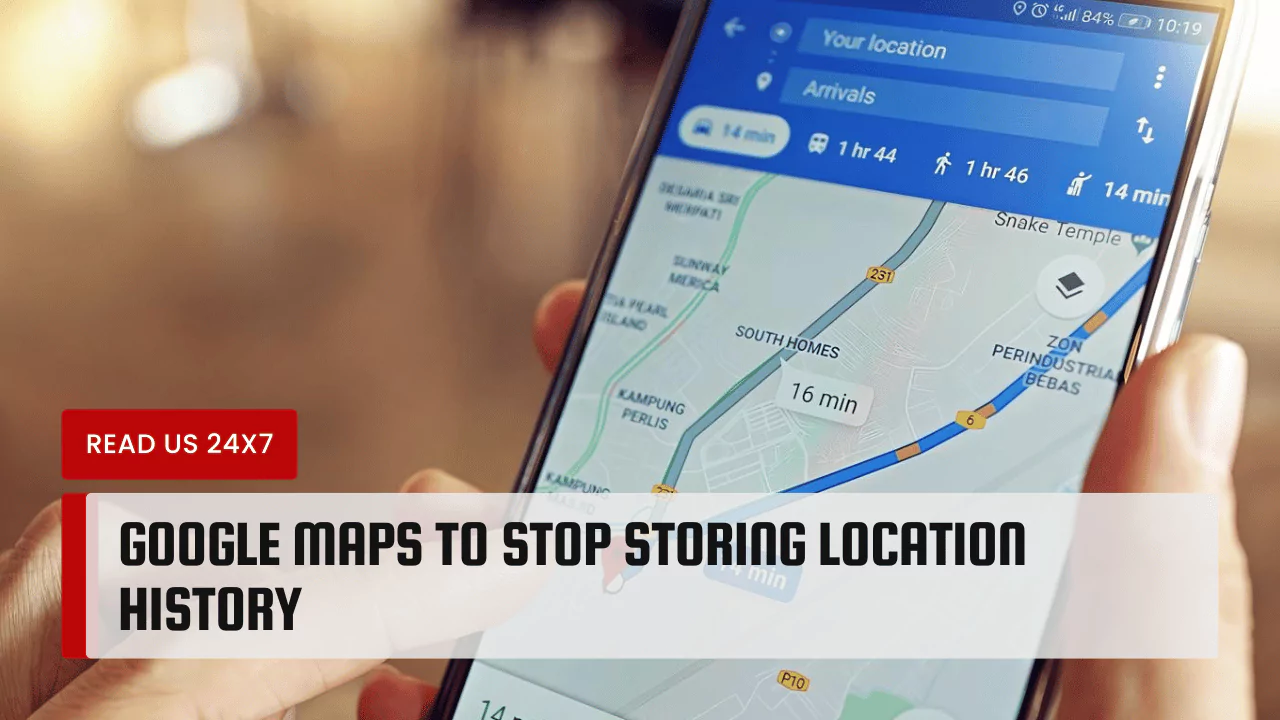Google Maps is set to implement a significant change in its operations, aiming to enhance user privacy and data protection. The platform plans to discontinue the storage of location history on its servers. Instead, Google will roll out a new Timeline feature, shifting the storage of location data to users’ devices by December 1, 2024.
Google Maps and Location History
Previously, Google Maps stored users’ location history on its servers. This raised privacy concerns as users had limited control over their data, which was vulnerable to potential breaches or unauthorized access. With the current system, users’ location data synced across devices, posing additional risks to privacy.
Google’s New Timeline Feature
To address these concerns, Google is introducing the Timeline feature, which will transition the storage of location history to users’ devices. This means that all location data, including past travels and visited places, will be locally saved on users’ Android or iOS devices. By storing data locally, Google aims to provide users with greater control and security over their information.
Benefits for User Privacy
The implementation of the Timeline feature offers several benefits for user privacy. Firstly, it reduces reliance on cloud servers, minimizing the risk of data breaches or unauthorized access. Secondly, by storing data locally, users have greater control over their information, ensuring that it remains confidential and secure. Additionally, the end-to-end encrypted cloud backups for the Timeline add an extra layer of security, ensuring that only the user can access their backup data.
How to Save Your Timeline Data?
When Google moves to the new Timeline feature, users might be curious about how to save their previous location information. When the feature is made available to users, Google intends to send them an email or a push notice. After that, an updated app button will prompt users to transfer their previous location history to their device. If you don’t, Google may eventually phase down the web feature and remove some or all of your Timeline data.
In the event of a device change, Google Maps will introduce a backup option, allowing users to save encrypted copies of their location history on Google’s servers. This ensures that users do not lose their data when switching to a new device, maintaining continuity and convenience.
In conclusion, Google’s decision to stop storing location history on its servers marks a significant step towards enhancing user privacy and data protection. The introduction of the Timeline feature ensures that users have greater control over their information, with data being stored locally on their devices. By prioritizing user privacy, Google reaffirms its commitment to providing a secure and trustworthy mapping experience for all users.



